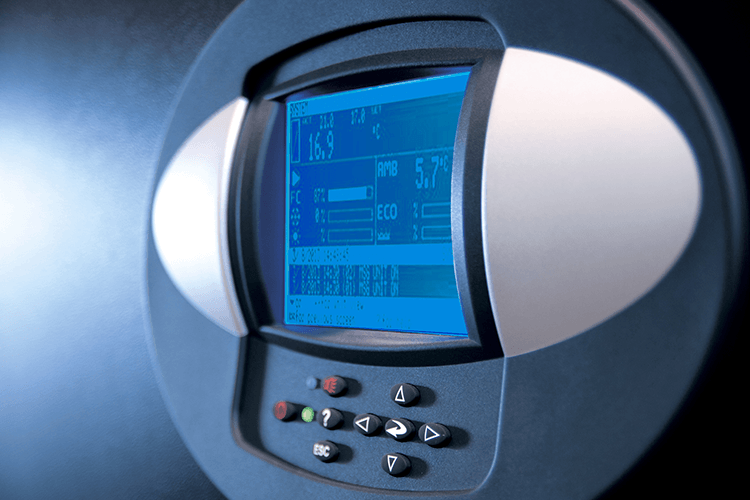
As many of us know, in traditional data centers, approximately one-half of the energy consumed goes to support IT equipment while the other half is used by support systems.
Moreover, complexity and critical conditions have increased in recent years. Since the cost of downtime is high (a full shutdown costs more than € 500,000, source: 2011 National Study on Data Center Downtime), availability of IT capacity is generally an important metric on which data centers are evaluated. Today, however, data centers must also operate efficiently while providing flexibility to quickly adapt to changes in computing demand.
Emerson Network Power conducted a systematic analysis of the energy consumed in data centers and of the various approaches that lead to energy conservation.
We have identified five best practices that represent proven approaches to improve overall data center performance:
1. Maximize the return temperature at the cooling units to improve capacity and efficiency;
2. Match cooling capacity and airflow with IT loads;
3. Utilize cooling designs that reduce energy consumption;
4. Enable data center monitoring to improve capacity, efficiency and availability;
5. Utilize local design and service expertise to extend equipment life, reduce costs and address your data center’s unique challenges.
Do you know further practices that can serve as the foundation for data center design?
If you want to learn more, read the white paper.
You can also read more about SmartAisle.
This article was written by: Matej Kordisch, Emerson Network Power. To read more Blogs by Emerson, please visit: http://blog.emersonnetworkpower.com/







